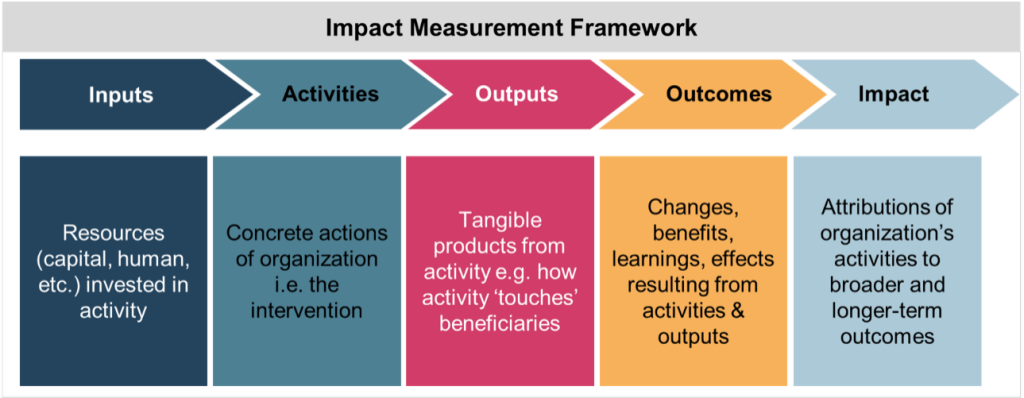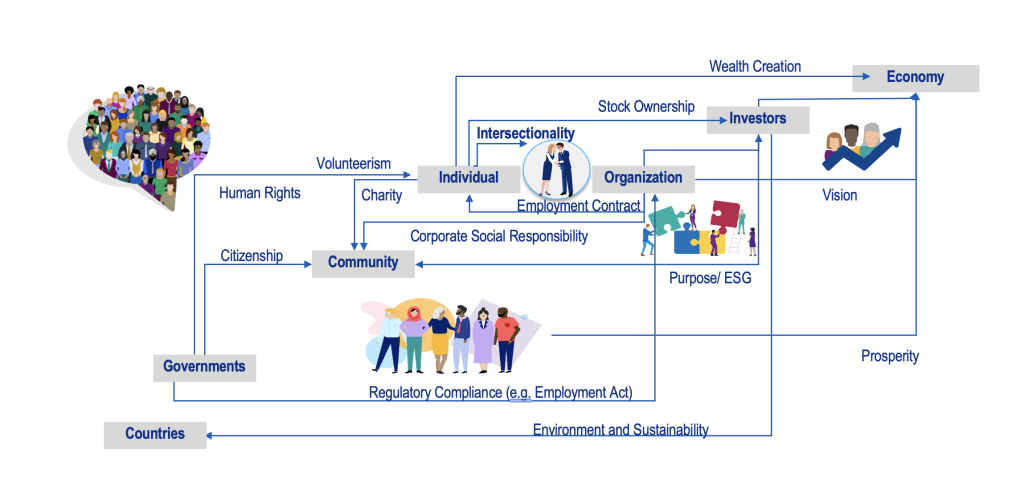1.1 Board Recruitment
As board members and leaders of the organization, it is important to consider the role you play in recruiting new board members and the systems in place to attract and retain leaders.
The following are actions you can take as leaders to support the recruitment of members from the five priority groups into board positions:
- Recognize gaps in skillset and experience: Boards need to look at their communities to see who their customers are, who they are serving, and who needs to be represented to recognize where there are gaps and source talent accordingly. It is important that the board accurately reflects the people and culture in the organization as well as the communities it serves.
- Expand the talent pool: Broaden the talent pool to expand and ensure access of opportunity to qualified candidates from the 5 priority groups. This can be done through:
- Sourcing candidates through non-traditional channels
- Being aware of how you can remove as many barriers as possible
- Implementing greater sponsorship in the organization
- Partnering with talent agencies / community organizations to source candidates from the five priority groups
- Implement partnership programs: Task board members to contribute towards recruitment and bring new members on board from mentorship programs they participate in. Think beyond traditional choices, and highlight the importance and benefits of giving new candidates opportunities to have their first board experience.




